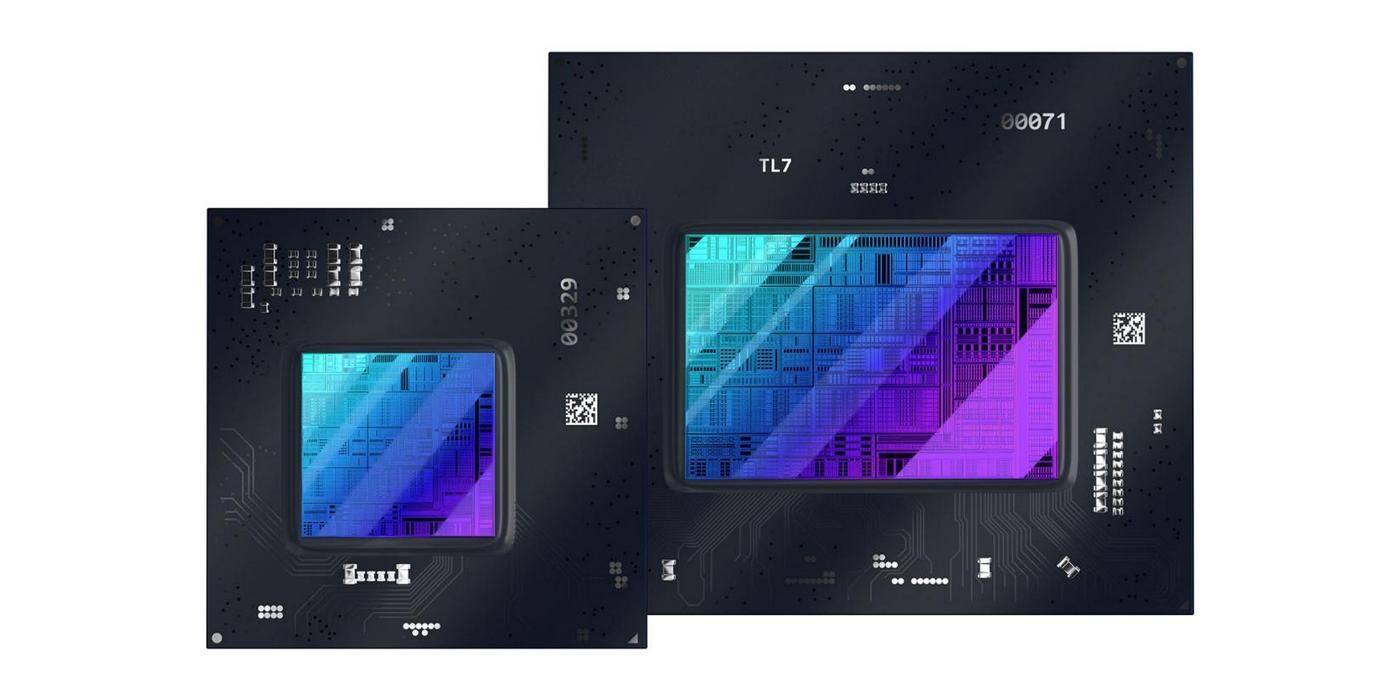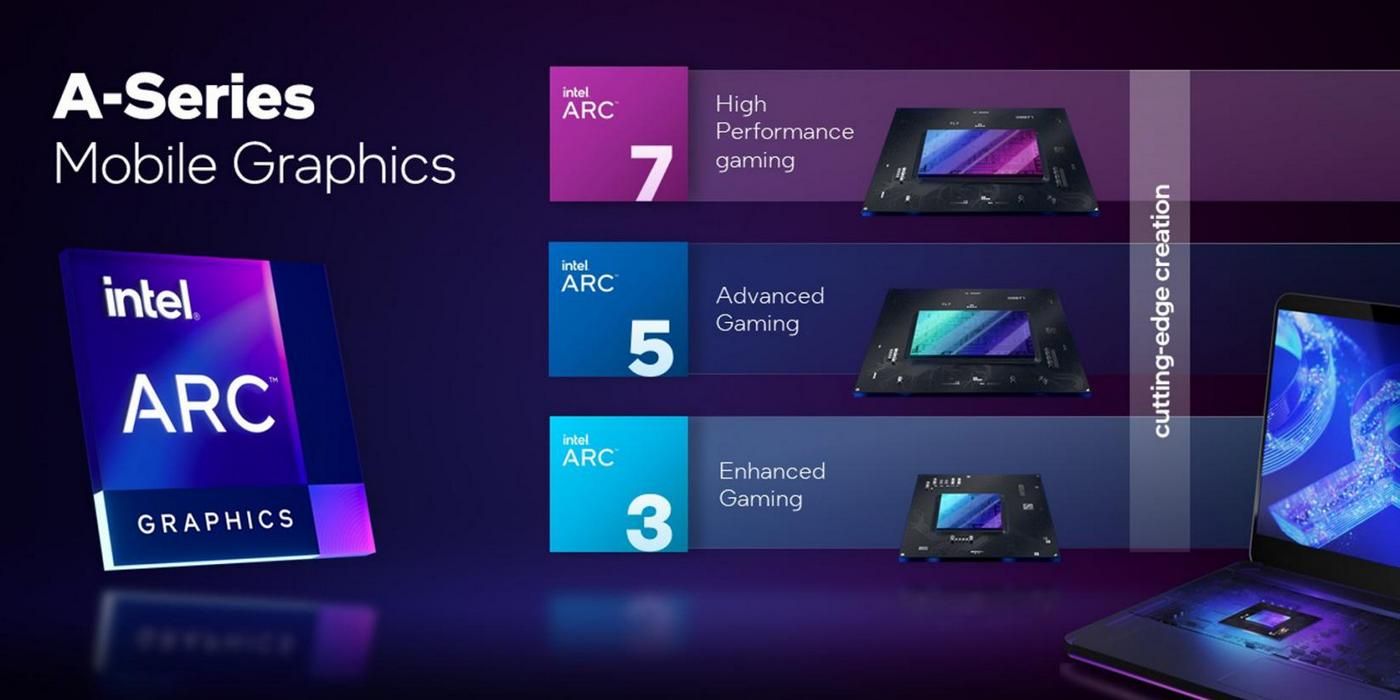After months of rumors, leaks, and speculations, Intel has officially taken the wraps off its Arc A-series discrete GPUs for laptops. With the launch of its discrete GPU solutions, Intel has joined the two incumbent GPU-makers, Nvidia and AMD. The company already offers integrated GPU solutions for its desktop and mobile CPUs, but the expansion to discreet graphics is fascinating gamers and DIY enthusiasts the world over.
Graphics cards have been in short supply over the past couple of years, so when Intel's desktop graphics cards finally launch in a few weeks' time, it will be interesting to see if they will actually be in stock and available for purchase, and at MSRP. It will also be interesting to see how the company will price its products to compete with the two established GPU-makers.
Intel today announced three distinct lineups of its Arc A-series GPUs - Arc 3, Arc 5, and Arc 7. Arc 3 is the entry-level lineup that is aimed at ultrabooks and regular laptops for casual gamers. They're expected to offer better performance than the company's older integrated graphics solutions, but won't be the go-to hardware for serious gamers and creators. In contrast, Intel says the Arc 5 chips are meant for advanced gaming, while the Arc 7 chips are for high-performance gaming. Needless to say, they will be found in more traditional gaming laptops, and will be directed at serious gamers and creators. However, while devices with the Arc 3 chips will be available with immediate effect, Arc 5 and Arc 7 devices will only launch in 'early summer,' alongside XeSS super sampling.
Intel Arc 3 Specifications
To start off, Intel is launching the Arc 3 A350M and A370M, both of which ship with 4GB of GDDR6 memory and 64-bit memory bus width. However, the more powerful A370M packs eight Xe-cores and eight ray-tracing units, while the A350M gets six Xe-cores and six ray tracing units. The A370M also has a higher clock speed at 1,550 MHz, while the A350M is clocked at 1,150 MHz. Another notable area of difference between the two chips is power draw. While the more powerful GPU draws 35-50 watts of power, the less powerful one is also more efficient, drawing 25-35 watts of power.
While only the Arc 3 is launching now, Intel has revealed some of the crucial specs of its upcoming top-of-the-line Arc 7 A770M as well. According to Intel, it will ship with 32 Xe-cores, 32 ray tracing units, 16GB of memory, and a 256-bit memory bus. All that power will also result in a substantially higher TDP, with the chip expected to draw between 120 and 150 watt of power.
Intel also teased its first Arc A-series desktop graphics card, which will be released this summer as a 'limited edition' model. That aligns with earlier reports which claimed that the cards will only be released between May and June. The company did not reveal too many details about the actual card, but released a teaser video that seems to show off a single HDMI port and three DisplayPort ports on the side. For interested gamers and enthusiasts, it is hoped that Intel reveal the specs and details about its desktop Arc GPUs sooner rather than later.
Source: Intel


